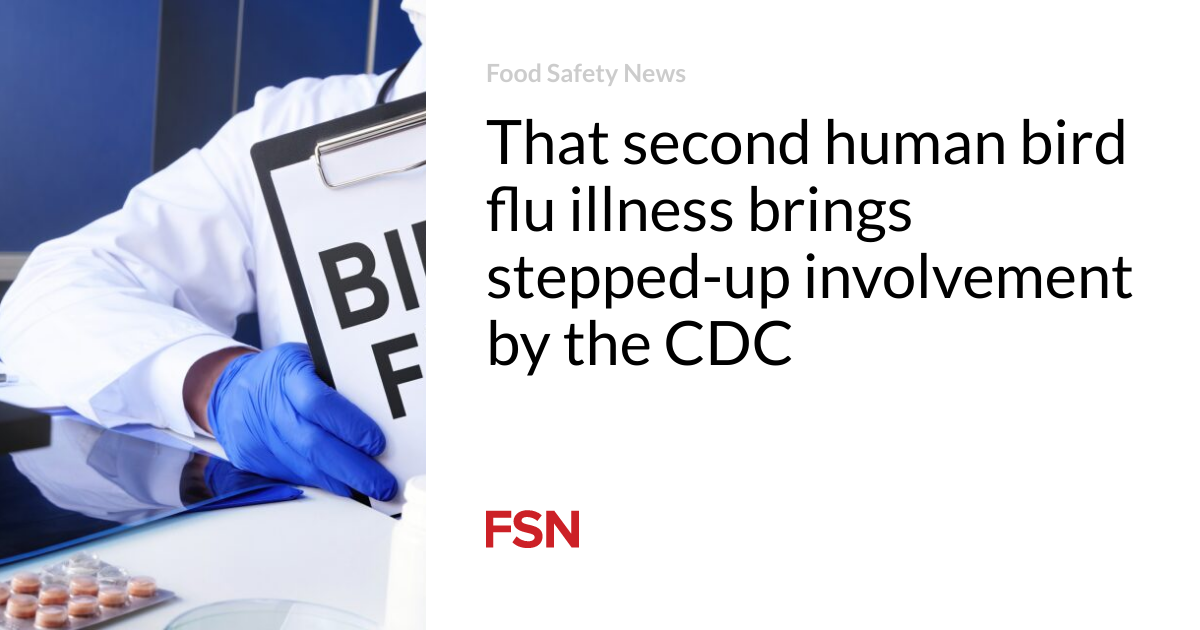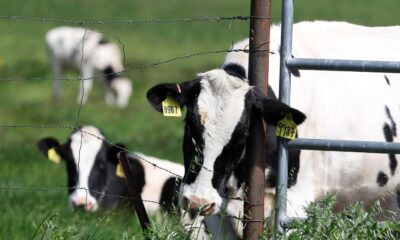Food
This second human avian flu illness brings increased CDC involvement

About ten days ago, after a second case of highly pathogenic bird flu in humans was announced, the Centers For Disease Control And Prevention (CDC) revised its markup on the issue, not the message.
Since first hitting a commercial poultry flock on U.S. soil in early 2022, bird flu has been a tough master, affecting 85.8 million birds in 48 states.
The USDA claims to have the most robust bird flu surveillance program in the world. The flu has also affected 9,253 wild birds in 50 jurisdictions.
Recently, the CDC used color cartoons to spread the message that “infected poultry can spread bird flu to people. Human infections with bird flu viruses are rare but possible.”
The CDC’s “Protective Actions for People” include the following suggestions:
+ Avoid direct contact with wild birds and only observe them from a distance.
+ Do not make contact with dead birds and report sick or dead birds.
Take protective measures around other animals thought to have HSN1 bird flu.
+ Food is safe to eat as long as it is handled and cooked properly.
+CDC has not imposed any travel restrictions due to the bird flu crisis
+ Seasonal flu vaccines will reduce the risk of illness from bird flu.
+ The two cases of human bird flu were many months apart, a Colorado poultry worker and a Texas dairy farm worker. Both recovered.
+ Local health officials are advised to keep an eye out for new cases.
The USDA Animal and Plant Health Inspection Service confirmed highly pathogenic avian influenza (HPAI) in a commercial flock in the United States on February 8, 2022.
Since then, APHIS has worked to identify and respond to detections and mitigate the impact of the virus on U.S. poultry production and trade.
Detections are higher in the fall and spring as wild birds continue to spread the virus as they migrate to their seasonal homes. APHIS continues to work closely with the United States.
To provide context on the overall size of the U.S. poultry population, there are over 368.2 million egg-laying chickens in the United States. More than 9.5 billion broilers and 208 million turkeys were processed in the United States in 2022, according to USDA data.
During meetings, the CDC told state officials to ensure their avian flu operational plans were up to date.
The latest human case of US bird flu cases with these facts:
- A person from Texas tested positive for highly pathogenic bird flu (HPAI) A(H5N1) virus (“H5N1 bird flu”). This is only the second case of H5N1 bird flu in the United States; the first was in 2022 at a poultry worker in Colorado.
- This person in Texas worked with dairy cows suspected of being infected with the H5N1 bird flu virus.
- This is the first time this virus has been found in cows and is believed to be the first case of bird flu spreading from cows to humans. Since the first confirmation in Texas, infected dairy herds have been found in eight states.
- CDC has sequenced the influenza virus genome of a patient in Texas and compared it to other sequenced H5N1 viruses. The virus obtained from this person is nearly identical to what has been found in cows and birds in Texas. There are no changes associated with resistance to antiviral drugs, and the virus is closely related to the two existing ones candidate vaccine viruses.
- There are currently no signs of this virus spreading from person to person.
- This is an emerging and rapidly evolving situation that CDC is closely monitoring. The CDC believes that the overall risk from this virus to the general public remains low.
(Click here to sign up for a free subscription to Food Safety News.)













